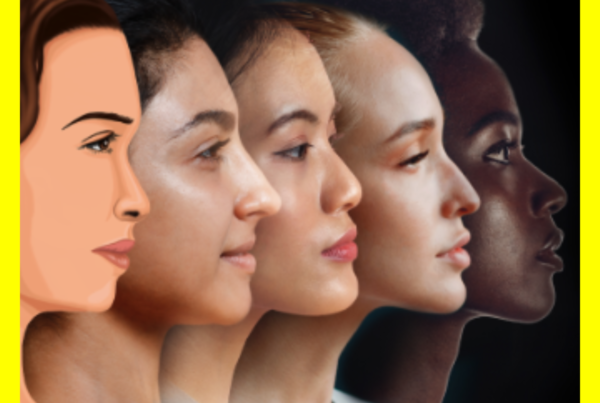Did you know Ida Holz is a pioneer in the development of the first networks that underpinned the Internet in Latin America?
Ida Holz is an Uruguayan pioneer, creating the first networks that underpinned the Internet in Latin America. Yet, her merging of technology and social activism keeps the internet from fracturing into self-contained geopolitical blocs and promotes networking across borders without restriction, which is a true testament to her social justice values. Thanks to her pioneering work, many of today’s networking and connecting amenities are available freely 24/7 around the world. When asked about technological evolution, Ida Holz responded that it’s “like looking through a crystal ball. Progress in technology is very vertiginous, and predicting the future is an adventure.”
Her journey in laying the foundations of Latin America’s internet nodes started from the moment she joined the first generation of computer engineers trained by the Faculty of Engineering of the University of the Republic in the 1970s. She was a trailblazing changemaker. Shortly after, the military regime forced her and her husband, the painter Anhelo Hernández, into exile in Mexico in 1976. She worked for the Mexican National Institute of Statistics and the General Directorate of Economic and Social Policy, but she turned down a directorship offer in 1986 in order to move back to Uruguay, when democracy was restored. (EL PAIS) She was successful in securing the position of director of the Central Information Service of the University of the Republic (SECIU) upon her return, and she oversaw the introduction of the Internet in Uruguay in the early 1990s. It would become her base of operations from which she would devote decades of labour as an engineer, computer scientist, educator, and researcher. She would become well-known throughout Latin America as a pioneer in the fields of computing and the Internet.
Ida Holz took a strong stand at the First Interamerican Networking Workshop in Rio de Janeiro in 1991 by saying “NO!” when representatives of the United States and Europe tried to install the networks through their own authorities. (EL PAIS) Out of the resistance against major powers and entities, the Latin America and Caribbean Network Forum was established to create a regional network of developing regional Internet nodes, bridging the digital gap and collaborating in advance research.
In 2009, Ida’s work at the Agency for Development of Electronic Government and Society of Information and Knowledge (AGESIC) was to promote the Ceibal project. The Ceibal is a Uruguayan initiative that aims to introduce Information and Communication Technologies (ICT) in primary and secondary schools using the “One Laptop Per Child” model. Ceibal took four years to succeed, owing not only to technological advances but also to accomplishments such as the development of a training plan for school staff, the active participation of society and teachers in the project, and the successful design and implementation of a monitoring and evaluation model to measure the impact nationally, which serves as a guide to define future actions in the plan. She quotes poignantly, “Communication networks for research and education really open up a great range of possibilities for creating new ways to face education plans at all levels”.
She has won numerous accolades and recognition from civil organisations, such as the Lifetime Achievement Award, granted by the Latin America and Caribbean Network Information Centre (LACNIC) in 2009, and “Outstanding Personalities of Uruguay“, dedicated to Ida Holz by the National Postal Administration in 2015. Ida’s efforts in search of critical mass, cooperation networks, bridging the societal digital gap, the arrival and boot-up of e-mail and the Internet in Uruguay that became the basis of what is now the Internet in Latin America, the Internet Society (ISOC) inducted her into the Hall of Internet Fame in 2013. One of the so-called fathers of the Internet, Vint Cerf, when asked if there was a mother of the Internet, responded: “Yes, there is a mother of the Internet, and her name is Ida Holz.”
Ida Holz, is currently a member of RedCLARA, a cutting-edge Latin American network that supports innovation, science, research, and education. A non-profit international law organisation called RedCLARA – Cooperación Latino Americana de Redes Avanzadas (Latin American Cooperation of Advanced Networks), founded in 2003 and is recognised by Uruguayan legislation.
– Written by Simon Sundaraj Kuehn




